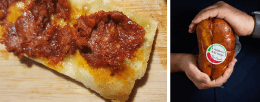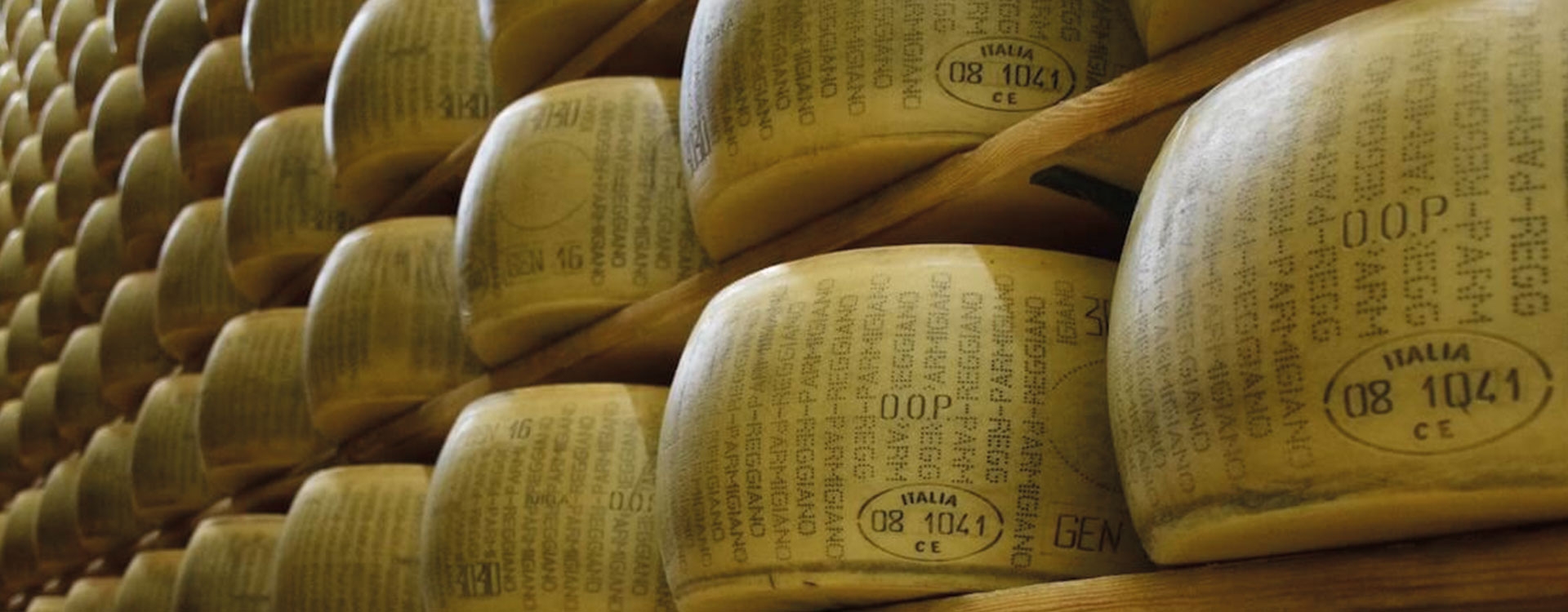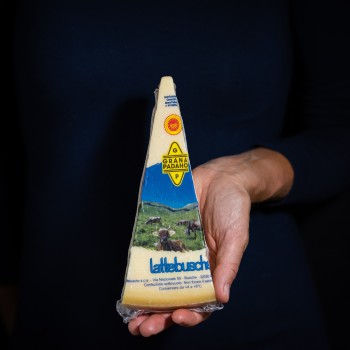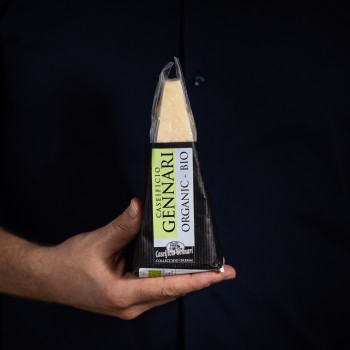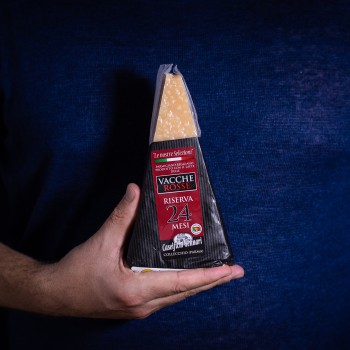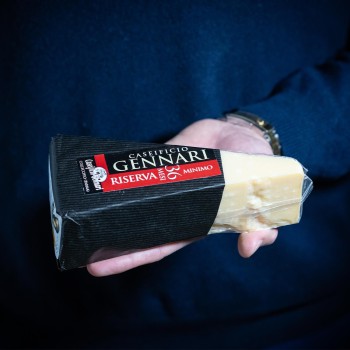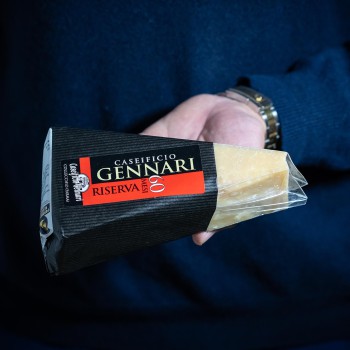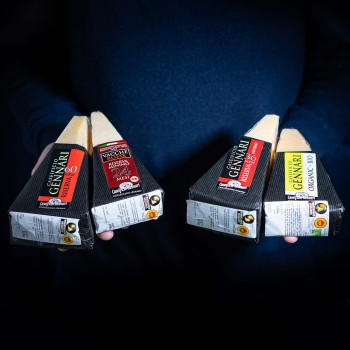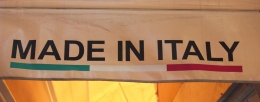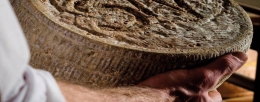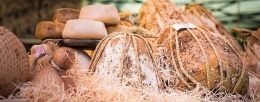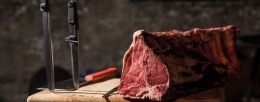Ferragosto is approaching, whip out the picnic baskets! What are we taking? All quick preparations to make and practical to carry and eat - dishes and cutlery are hardly needed! The secret? The best Italian cured meats.
DIFFERENCES BETWEEN GRANA PADANO AND PARMIGIANO REGGIANO
Parmigiano Reggiano and Grana Padano cheeses have a similar shape, colour and paste, but they follow completely different product specifications as requested by their respective protection consortia. Parmigiano Reggiano and Grana Padano are two of the most famous and outstanding Italian cheeses: two respectable PDO cheeses with very ancient origins, which, over time, have become part of a very specific cultural identity to the point where people are now taking sides.
For instance, in my house (I am Manuela), rocket salad goes with Grana and pasta and ragout go with Parmigiano. Yes, both cheeses can be grated or cut into shavings, but their flavours are inherently different: Grana cheese is buttery and sweeter, while Parmigiano is more sapid and grassy.
Both cheeses are equally delicious; what makes the difference is the love and care poured into the manufacture of Grana Padano or Parmigiano Reggiano cheeses and the commitment to the highest standards of excellence that these two cheeses represent.
Looking at the different product specifications, Parmigiano Reggiano is subject to stricter rules. That being said, it also true that, even if they all comply with product specifications, there are both great and utterly bad companies, as is the case with any type of production.
A COMPARISON OF TWO OF THE MOST BELOVED ITALIAN CHEESES IN THE WORLD
POINTS IN COMMON
Grana and Parmigiano are both PDO Italian hard cheeses shaped like big cylinders, which are thoroughly checked before being hot-branded on the rind. Both cheese wheels have pretty much the same weight - maximum 40kg. Even the number of litres of milk required to make one kilo of cheese is very similar: 15 litres of milk for Grana Padano and 14 litres for Parmigiano Reggiano.
HISTORY AND FATE
Both cheeses date back to medieval times. It was 1254 when the “cheese from Parma” was mentioned for the first time in a notarial act in Genoa, which was rather bizarre since the term caseus parmensis was used in a city far away from Parma. It was probably because this cheese was already quite widespread to the point that it was being exported to the Mediterranean area, and Genoa was the point of departure.
Grana Padano is a bit more ancient: its presence was documented in the Benedictine abbey in Chiaravalle in 1135.
Far from the splendour of their past, these Italian cheeses are doomed to be copied and besmirched by appalling counterfeits which often do not even come close to the original; sadly, at the end of 2019, production of fake parmesan exceeded that of the original cheese. Is it because of ignorance? Lack of protection? As always, we roll up our sleeves and we select the best manufacturers and also share these cheeses’ features and differences.
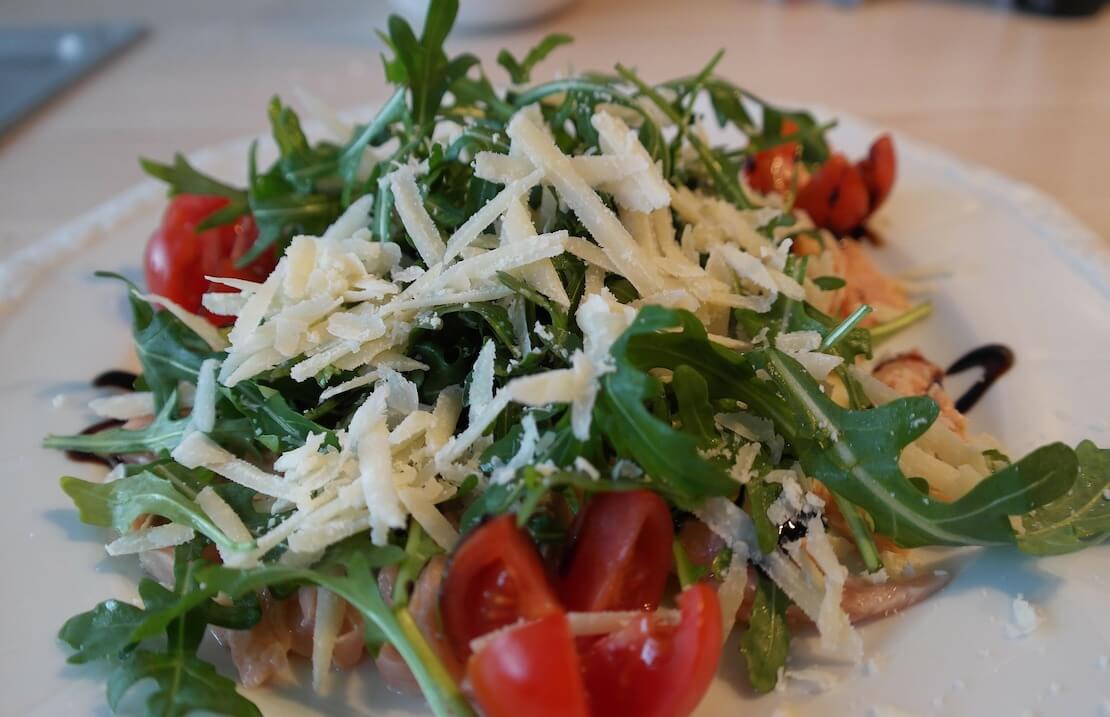
SOME NUMBERS RELATED TO THESE TWO CHEESES
Cheese wheels manufactured in 2019
5,164,759 Grana Padano cheese wheels VS 3,754,192 Parmigiano Reggiano cheese wheels
Cheese manufacturers
128 dairies manufacturing Grana Padano VS 321 dairies manufacturing PDO Parmigiano Reggiano
(source: consortia)
PRODUCTION
The first main difference between these two great Italian cheeses is production.
Grana Padano cheese can be produced in dairies manufacturing other kinds of Italian cheeses. Moreover, these dairies carry out two manufacturing operations per day, in which they produce cheese wheels using the milk from two milkings which are carried out on the same day of production.
On the contrary, dairies manufacturing Parmigiano Reggiano can manufacture exclusively this cheese. Dairies producing Parmigiano can only make this cheese (which is not an easy task, by the way) and only once per day; it is made by using semi-skilled milk from the milking of the night before together with whole milk freshly milked in the morning.
TERROIR AND FORAGES
Areas of production are extremely different. The Grana Padano cheese is produced in 32 Italian provinces spread across the regions of Lombardy, Piedmont, Emilia-Romagna, Veneto and Trentino. Cows can be fed with forages as well as silages. It is worth mentioning that, although according to the restrictions laid down in the product specifications the use of silage is allowed, many virtuous companies choose to feed their cows only with local forages.
On the contrary, Parmigiano Reggiano is only produced in Emilia-Romagna, so it has a much more restricted area of production. Cows are fed exclusively with herbs and forages grown locally. So the restrictions laid down in the Parmigiano’s product specifications are obviously stricter.
RENNET AND PRESERVATIVES
Once again, we would like to reiterate that each of the companies that we have selected can decide to go the extra mile and adopt even more virtuous and wholesome production methods than what is already stipulated by the consortia.
The production of Parmigiano Reggiano does not entail the use of preservatives and only animal rennet is used, calf’s rennet to be more precise.
Grana Padano production does not include any restrictions concerning preservatives and the use of lysozyme is pretty common. As far as rennet is concerned, besides animal rennet, vegetable or microbial rennet is also allowed.
To be on the safe side it always important to carefully read the ingredient list, which should never lie!
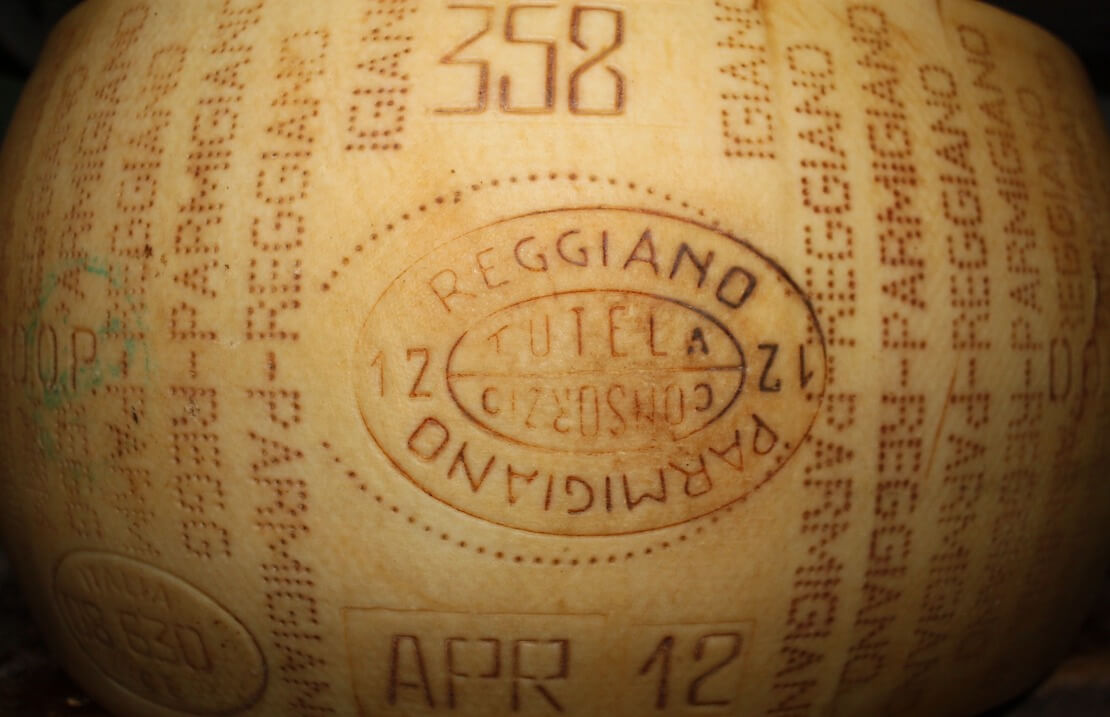
AGING
This is probably the most important difference between these two great Italian cheeses.
Minimum aging period is 9 months for Grana and 12 months for Parmigiano. But it is on the long run that these two cheeses differ the most, due to the fat content of milk.
Grana Padano ages a maximum of 24 months and is mainly consumed at around 15/16 months of aging, such as our Grana Padano Lattebusche 16 months. Parmigiano Reggiano only starts to develop its flavours at that stage and is mainly consumed at around 24 months of aging, but it could go on aging forever. Our beloved Gennari cheese manufacturer has some Parmigiano cheese wheels that have been aging for over ten years. What can we say? Patience really is a virtue!























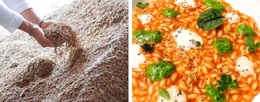
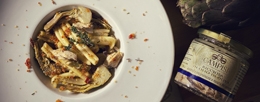


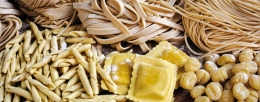

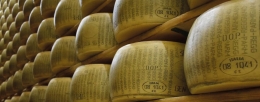
.jpg)
